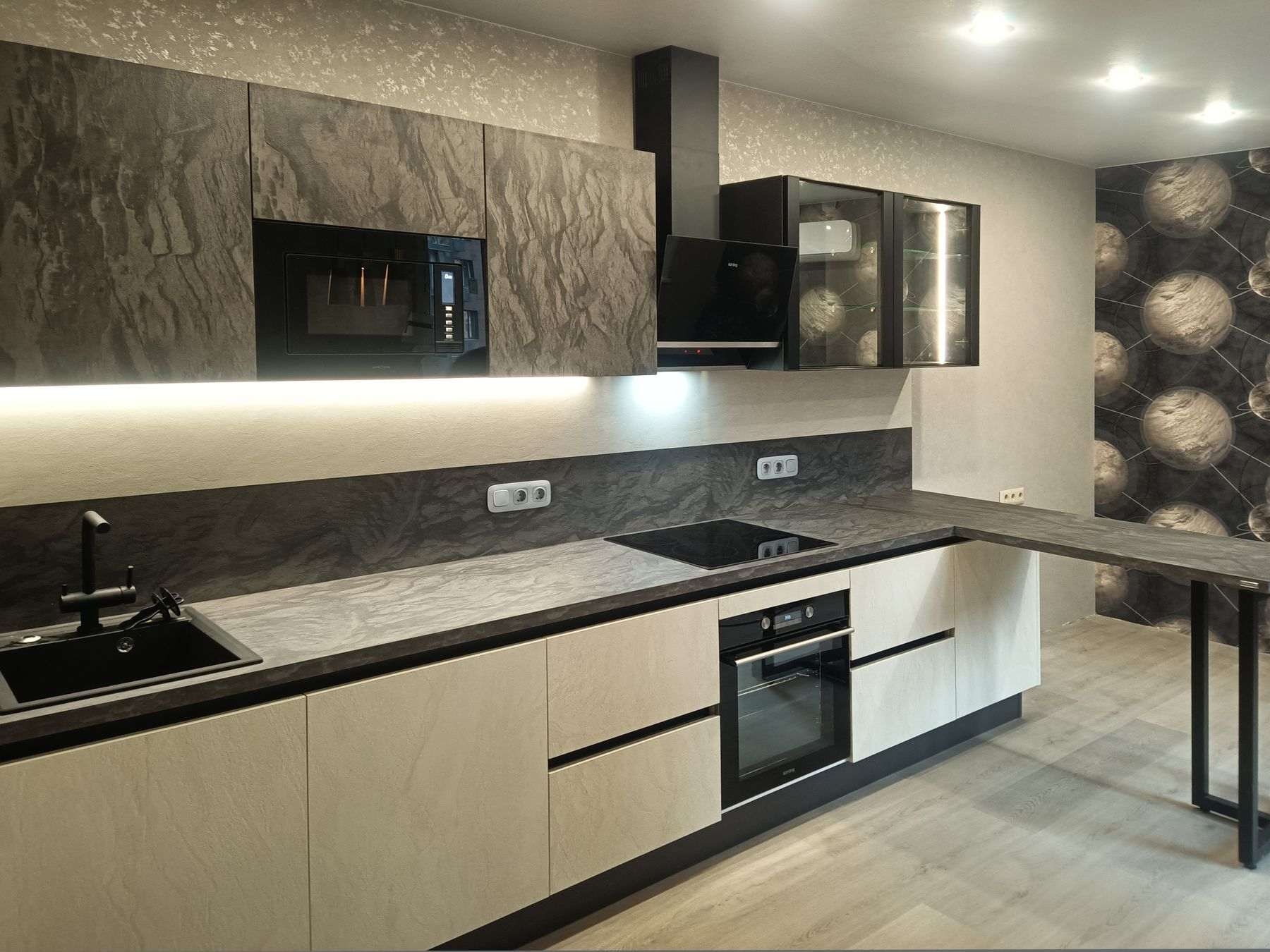
Mastering Your Culinary Space
Understanding the Layout of Your Kitchen
Before diving into intricate recipes or gourmet cooking, it's essential to understand and organize the physical space of your kitchen. A well-structured kitchen allows for efficient movement and a smoother cooking process. This involves strategically placing your appliances, cookware, and ingredients for easy reach and functionality. Consider the "work triangle" concept, which ensures that the stove, refrigerator, and sink are placed in a triangular layout for optimum efficiency.
Essential Tools and Equipment
Equipping your kitchen with the right tools can make a significant difference in your cooking experience. Start with the basics: sharp knives, cutting boards, pots, pans, and measuring devices. Quality over quantity is key here—invest in high-grade, durable items that will withstand the rigors of daily use. Additionally, think about specialty utensils that align with your cooking style, such as a pasta maker for Italian cooking enthusiasts or a wok for those who love Asian cuisine.
Ingredient Organization and Management
Keeping your ingredients well-organized is crucial for a seamless cooking experience. Use clear containers for dry goods and label them for easy identification. Store perishables in the fridge according to their type and shelf life. Develop a system that works for you, possibly utilizing a pantry management app or a weekly meal planner to keep track of what's in stock and what you need to buy.
Creating an Efficient Workflow
An efficient kitchen workflow can substantially cut down on prep time and minimize stress while cooking. Group related tasks together, such as chopping vegetables before starting to cook so that everything is ready when needed. Clean as you go to avoid clutter and maintain an organized space. Having a trashcan within arm's reach and designating a specific spot for dirty dishes can help maintain cleanliness and order within your culinary space.
Setting the Ambiance
The ambiance of your kitchen significantly affects your cooking experience. Good lighting is essential, not only for safety while handling sharp objects but also for creating an inviting environment. Consider adding under-cabinet lights or a stylish overhead fixture. You can also personalize your space with plants, artwork, or a sound system for music, all of which contribute to making the kitchen a more enjoyable place to spend time in.
Learning and Experimentation
No culinary space is mastered without the cook's willingness to learn and experiment. Try new recipes, techniques, and ingredients to expand your culinary repertoire. Remember that mistakes are part of the learning process—use them as opportunities to grow and improve. Over time, you'll develop a unique cooking style and a deep understanding of your personal culinary space.
Conclusion
Whether you're a seasoned home cook or a beginner in the kitchen, mastering your culinary space is a journey worth embarking upon. By organizing your layout, investing in the right tools, managing your ingredients, optimizing your workflow, creating a pleasant ambiance, and embracing learning, you're well on your way to becoming a true maestro of your kitchen. Bon appétit!
``` Keep in mind that you would need to wrap this content with the appropriate HTML page structure, however, based on your instruction, I've provided just the headings and paragraphs.